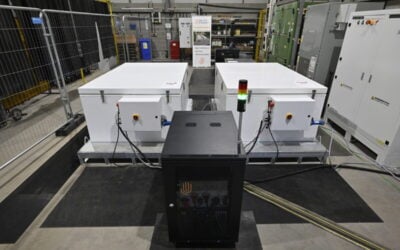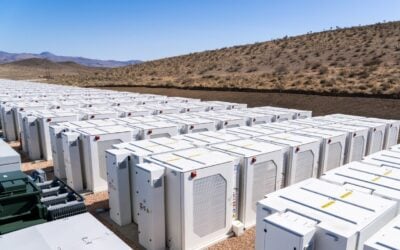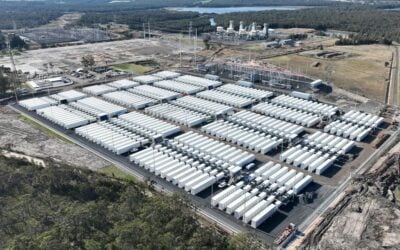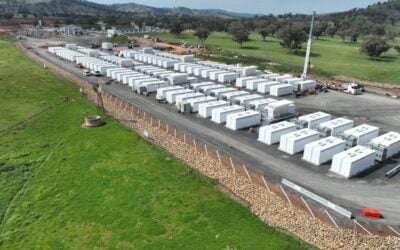Governor Jerry Brown is poised to sign off legislation extending the SGIP. Image: Neon Tomy, Flickr.
California governor, Jerry Brown, is expected imminently to sign off new legislation extending a funding programme said to be a vital lifeline for the state’s nascent energy storage sector.
Bill AB1466, approved last week by California’s senate and assembly, will mean the ‘Self-Generation Incentive Program’, an $83 million-a-year initiative supporting distributed energy projects in the state due to expire next year, will run until at least 2019.
First launched in 2001, the SGIP was designed to reduce peak load demand in California through the fostering of low-carbon distributed generation technologies. It was the state’s original support programme for PV, until the popularity of the technology saw it spun out to its own programme, the California Solar Initiative.
Janice Lin, co-founder of the Global Energy Storage Alliance and California Energy Storage Alliance, said the bill, which now awaits Governor Brown’s signature to pass into law, would provide a big boost to storage in California.
Try Premium for just $1
- Full premium access for the first month at only $1
- Converts to an annual rate after 30 days unless cancelled
- Cancel anytime during the trial period
Premium Benefits
- Expert industry analysis and interviews
- Digital access to PV Tech Power journal
- Exclusive event discounts
Or get the full Premium subscription right away
Or continue reading this article for free
She said: “When it’s signed into law AB1466 will extend the programme for another five years. And that’s very significant, because what it means for storage and the other technologies it incentivises is that they’re bankable – this is a funding source they can count on.”
Lin said that since storage was included in the SGIP, it had become hugely popular, accounting for some 25MW of proposals in 2013.
The programme supports ‘behind-the-meter’, customer-sited storage projects, among other technologies, which form an important chunk of California’s target of building 1.3GW of storage by 2020 announced last year.
“The storage mandate that Commissioner Peterman [of the California Public Utilities Commission] set forth includes a target for customer-sited storage – 200MW by 2020,” Lin said.
“When the utilities filed their applications in March for how they plan to fulfil that target, all three said the customer target will be fulfilled by the SGIP. So that’s another reason why the funding of this programme was so critical – because it’s important to achieving another key state policy objective.”
The number of completed storage projects completed under the SGIP is still comparatively few, but include high-profile installations such as a 4MWh battery unit incorporated into a microgrid at Santa Rita Jail, providing the facility with up to eight hours of power back up.
But Lin said the extension of the SGIP would help drive up the number of completed projects: “It’s really a much needed market signal and especially needed for storage because it’s the newest technology class into the programme. So it’s critical for storage and really important for building the market ecosystem.”
Incentives offered by the SGIP. Source: CPUC.





